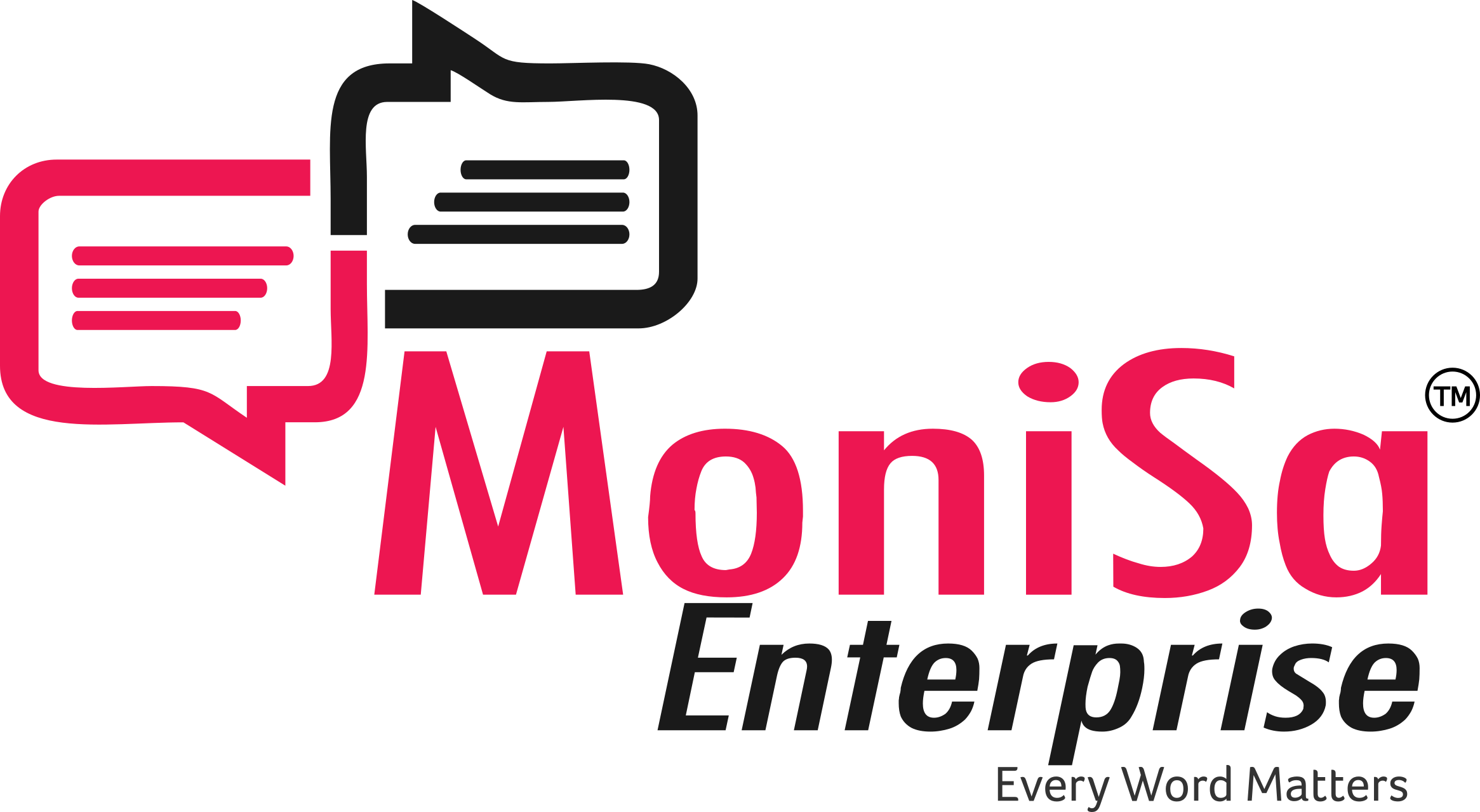Why American Sign Language Matters
Table Of Contents
- 1 Why American Sign Language Matters
- 2 What is American Sign Language ?
- 3 Why It Matters for Managers
- 4 Key Benefits
- 5 C) Increased Customer Engagement
- 6 Emotional Appeal
- 7 Case Study: MoniSa Enterprise’s ASL Integration Strategy
- 8 Steps to Embrace ASL at Work
- 9 Technical Edge: Integrating ASL into Localization Strategies
- 10 Conclusion
American Sign Language (ASL). By integrating ASL into your communication strategies, you capture attention, spark interest, and build a more equitable workplace and brand presence.
ASL-friendly content stands out in a sea of purely text-based communication. This openness can boost your brand’s reputation for inclusivity, making you the employer or service provider of choice. Everyone wants to feel valued.
Offering ASL interpretation or resources taps into that powerful emotional need.
Let’s dive into the actionable steps you can start taking today with MoniSa Enterprise’s expert guidance.
What is American Sign Language ?
American Sign Language is a full-fledged language distinct from English, complete with its own grammar, syntax, and cultural context. ASL isn’t “universal” sign language (yup, that’s a myth!). It’s primarily used in the United States and parts of Canada, though there are many unique sign languages worldwide.
Think of ASL as an essential piece of the puzzle if you’re aiming for total accessibility in North America.
Role of Technology in ASL Accessibility
A) Video Conferencing Tools
- Platforms like Zoom or Microsoft Teams often have built-in features enabling sign language interpreters to appear simultaneously.
- Perfect for remote team meetings, interviews, or training sessions.
B) Video Remote Interpreting (VRI)
- On-demand VRI services let you tap into a live ASL interpreter via webcam or smartphone.
- Ideal for last-minute needs—no more scrambling to find an in-person interpreter.
C) AI & Real-Time Captioning
Though these aren’t perfect for sign language (captions serve the Hard-of-Hearing more than Deaf signers), improvements in AI-driven sign language recognition are on the horizon.
Partner with a TMS (Translation Management System) that accommodates sign language video content in your localization workflow. Yes, you can store sign language resources alongside your textual translations, ensuring consistent quality and brand voice—visually!
Why It Matters for Managers
If your competitor is adding ASL interpreters to their webinars and you’re not, guess where Deaf or Hard-of-Hearing consumers will go? Don’t miss out on that loyalty.
Key Benefits
A) Broadened Talent Pool
B) Enhanced Brand Reputation
C) Increased Customer Engagement
By incorporating ASL in tutorials or product launches, you invite a whole new audience to engage with your brand. Happy customers spread the word.
D) Legal Compliance
Answer the WHY: Deeper Explanation
Emotional Appeal
Imagine being Deaf and logging onto a website for an important product or service, only to see zero accommodations for your communication needs. That’s alienating—and it’s a feeling we can fix by simply offering ASL content where relevant.
Think of a Deaf candidate named Alex applying for a project manager role. Before your company integrated ASL interpretation in interviews, Alex would skip your listing—assuming it wasn’t Deaf-friendly. But now, with MoniSa Enterprise’s on-demand video interpreting solution, Alex breezes through the interview feeling confident and respected. Alex then accepts your offer, bringing fresh perspectives and unique problem-solving skills to the table. That’s what bridging gaps looks like in real life—and it can be your success story next.
Case Study: MoniSa Enterprise’s ASL Integration Strategy
Client: A multinational tech startup.
Solution:
- Created ASL video tutorials for core platforms and product overviews.
- Established a monthly “ASL hour” for cross-team knowledge sharing.
- Integrated VRI support in all-hands meetings.
Results:
- Onboarding completion jumped by 25% among Deaf hires.
- Overall employee satisfaction rose by 15%, with specific praise for inclusivity efforts.
- Talent Acquisition managers saw an increase in Deaf and Hard-of-Hearing applicants, impressed by the brand’s commitment to accessible work environments.
Steps to Embrace ASL at Work
A) Assess Your Current Gaps
- Look at your interview processes, training modules, and meeting setups.
- Are Deaf individuals able to follow everything from start to finish?
B) Implement Basic Training
- Offer short ASL workshops or lunch-and-learns for hearing staff.
- Familiarize them with common signs like “Hello,” “Thank you,” “Meeting,” and “Deadline.”
C) Use Professional ASL Interpreters
Don’t rely on untrained staff to “wing it.”
D) Leverage Technology
- Integrate platforms that allow “picture-in-picture” video interpretation for webinars.
- Provide multiple contact methods (email, video calls, text) for Deaf clients and employees.
E) Create an Ongoing Feedback Loop
- Ask Deaf employees and customers for regular input on what’s working or not.
- Revise and improve. Language accessibility is never a one-and-done project.
Insider Tip: Build a brand glossary for sign language equivalents of your specific product or service terminology. MoniSa Enterprise can help set one up so your interpreters consistently convey your brand message in ASL—no confusion, no brand dilution.
Technical Edge: Integrating ASL into Localization Strategies
Measurable Wins
Factors Influencing Success
Ongoing Support: Keep an open channel with Deaf or Hard-of-Hearing stakeholders to refine your approach.
Try setting up a “silent meeting” once a month where all hearing staff communicate via basic signs and notes. It’s a fun (and humbling) way to build empathy and skills. We’ve seen this ignite stronger teamwork and understanding.
Conclusion
Drop a comment below or reach out to MoniSa Enterprise for a customized roadmap. We’re here to help you create an environment where no one feels excluded—in any language.
Question: Which area do you think would benefit most from ASL integration—recruitment, training, or customer support? Share your thoughts!
Need more insights? Reach out to MoniSa Enterprise for tailored ASL integration strategies from initial audits to full-scale implementation.


